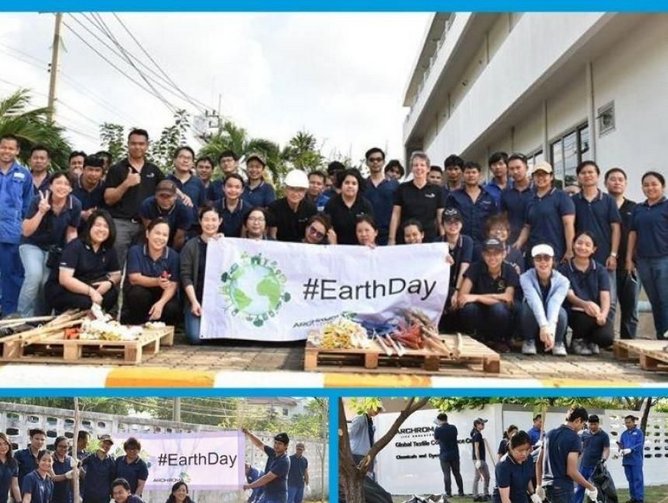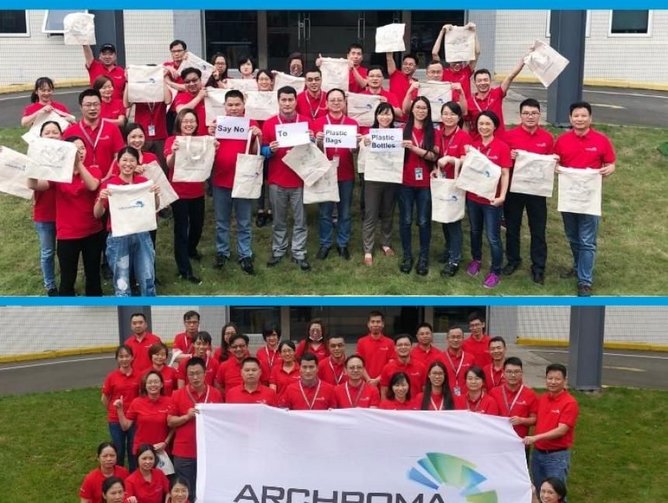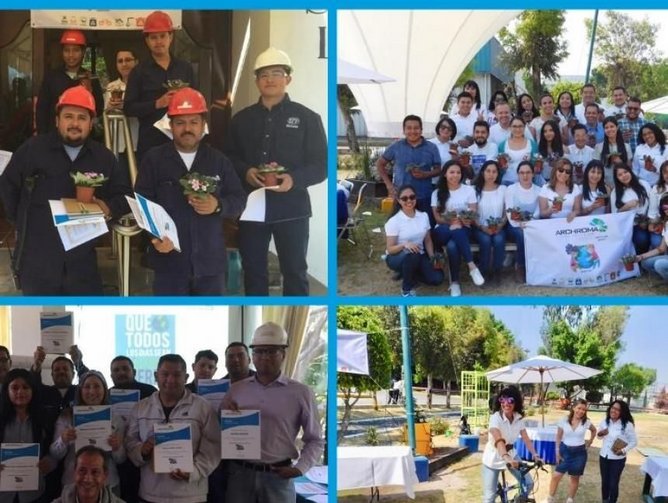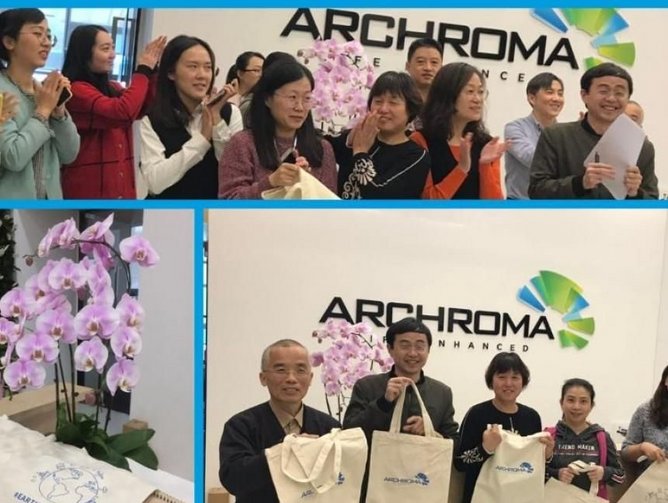Digital transformation is having a profound effect upon every industry and market across the business landscape. Processes are becoming increasingly automated, decisioning is becoming more intelligent and informed by data analytics, and customers are becoming increasingly expectant of an on-demand, fully customised experience that feels brand new. The digital revolution has even left its mark on industries that have been defined by unceasing change for centuries, further accelerating the pace and need for agility. “You used to have four fashion cycles. Now there are 52,” says Ravi Bhogaraju, Global Head Talent and OD at Archroma. “High street brands are turning out a new generation of fashion every single week, which puts a great deal of pressure on upstream suppliers to meet that fast-paced demand.”
With roots that go back over 150 years, Archroma is a global producer and manufacturer of dyes and chemicals which operates in 35 countries and delivers around $1.4bn worth of sales every year. In addition to textile manufacturing, the company also sells its products to the paper, paints and emulsions industries. Ravi joined the company in 2013 and has been instrumental in setting up and leading talent and capability initiatives. In order to survive and thrive, companies need to embrace the possibilities, not just of new digital solutions, but of a dynamic and engaged workforce. “That’s my role - I help to enable the development of talent and capabilities within Archroma.,” Ravi explains. “As part of my Global Head of Talent and Organizational Development role, I lead the Archroma Academy, which has a goal of developing distinct capability sets within the organisation that will make us successful in the market.”
These skills include commercial capability; operational excellence across production and manufacturing plants; functional excellence in fields like HR, procurement and finance; transformation skills; and leadership skills development. “There are three levels of talent development that the Academy deals with,” says Ravi. “There’s skill development, capability development and leadership.
“We have taken an ecosystem approach to developing capability – not just sending people to training. We blend skill development, capability and leadership, enabled through mindset and delivered through online and face to face experiences. It is holistic, focused and available on demand.”
Skill development
The broadest layer of the Archroma Academy development pyramid, the skills section is an expression of a strategy that lets the company’s employees build their own capabilities by giving them access to a huge selection of educational content. This need for education is identified through the performance management process, while having access to this content at any time and place is a powerful enabler of personal development. Through its content providers and partners, the Archroma Academy has created an online digital library of content through which employees can round out their abilities in order to grow and advance within the company. “It's driven by people's desire to fill gaps in their own portfolio of skills. One of the elements of performance management that we’re focusing on is to get our employees to talk to their managers about the skill gaps they may have,” says Ravi. “If you want to be better at time management, for example, you can take a short course in it, or maybe something for focus techniques.” Archroma Academy’s courses run in a large range of languages and allow people to progress at their own pace - creating a flexible integration between work and education.
Capability development
“These are skills that are seen as valuable for the company to develop on a much wider scale in order to deliver on our strategy,” explains Ravi, describing the middle layer of the development pyramid. “For example: one of our commercial strategy pillars is value-based selling, which is an expression of the fact we sell value, not products.” Archroma has developed the value-based selling course alongside external partners as a blended program that includes face-to-face sessions reinforced by a highly-customised digital reinforcement and refresher program. “We’ve developed what we call knowledge nuggets, which could be five to seven minutes of refresher concepts that people can take on in the system,” says Ravi. “These are fully customised programs that we developed with content providers and digital enablement partners based in India and Europe, who take the content that was delivered in the program and convert it into three or four nuggets, which we then release to the sales teams on a regular basis in the lead up to a quiz.” These capability programmes help support Archroma’s commercial strategy, such as the necessity of a digital mindset and a focus on customer journeys and adaptable behaviour.
For manufacturing sites, Archroma has taken a different approach. “For each site, we identify a set of capabilities that would help to make the site more effective and profitable,” Ravi emphasises. “Based on that, the site selects a set of trainers from within, designated as ambassadors, that help train the rest of the team using content they have created. At the end of the session each trainee takes a test and then, in three months time, the line management evaluates their application of that knowledge in their work on a day to day basis. This combination of classroom and practical behavior change is really helping us to change the capability. As a learning methodology it is quite powerful. It acts as a mechanism of recognising the expertise of ambassadors, fostering creativity and a stronger connection to the overall purpose of the site. Ambassadors generate content, which is culturally attuned, in the local language and creatively presented, all of which helps their class to learn faster. It really helps the entire site to learn from each other and ultimately become stronger, together. Our intention is to ultimately translate this superb, user generated content into a digital format that can be used across the organisation.”
Leadership
At the top of the pyramid is the leadership and mindset development program. “We have a combination of a 360 degree digital tool and a dedicated coach that is assigned to the top 100 leaders who are nominated for this program,” says Ravi. “In many companies they would create a single program and expect everyone to go through that in batches. We have taken a different approach - one that is based on personalised development specific to an individual’s need.”
Journeys and Challenges
The Academy has been evolving to add more programs over the last four years, and has seen strong returns from its attempts to drive engagement and investment in Archroma’s employees. “It's not just about the company; it's about improving the quality and capabilities of our workforce, which is important because it's part of our sustainability program that we invest very regularly into our employees,” Ravi explains.
Looking to the future, there is much to look forward to, as Archroma embarks on a sweeping digital transformation that will require the Academy to prepare the company’s employees for a future well attuned to all changes in the industry. “I think 2020 and 2021 are going to continue to be very exciting for us at Archroma and the Academy. What I would really like for the Academy to be able to deliver is more market or context sensitive material at scale and pace,” says Ravi. “One of the challenges we have encountered in creating these programs is that they take a fair bit of time, because you have to ensure that every piece of design aligns or integrates with our cultural context, our diversity and leadership, as well as being able to deliver the words that we use in our culture - and that takes investment.” Time management and continuing to find a method of application for the Academy that integrates with the day to day operations of Archroma will be an essential goal for Ravi and his team. “The big focus for the next two years is looking at agile development and deployment in order to be able to put content out there much faster and meet the requirements of our teams.”





